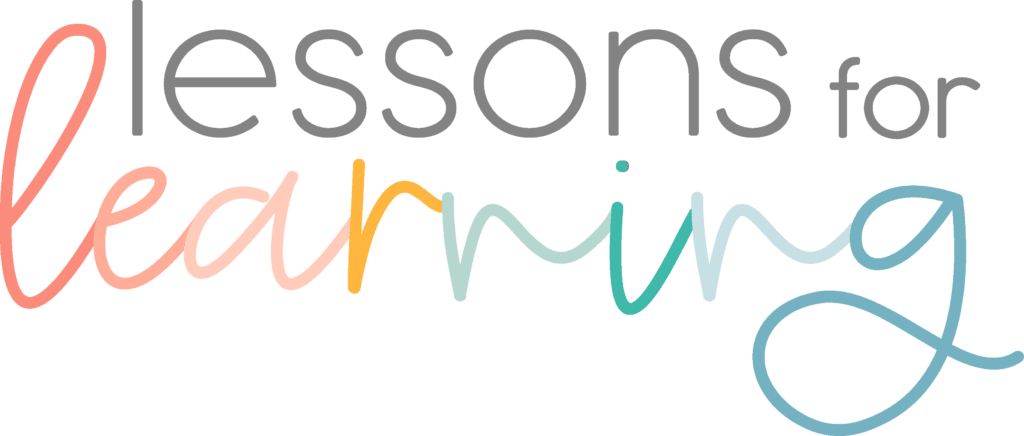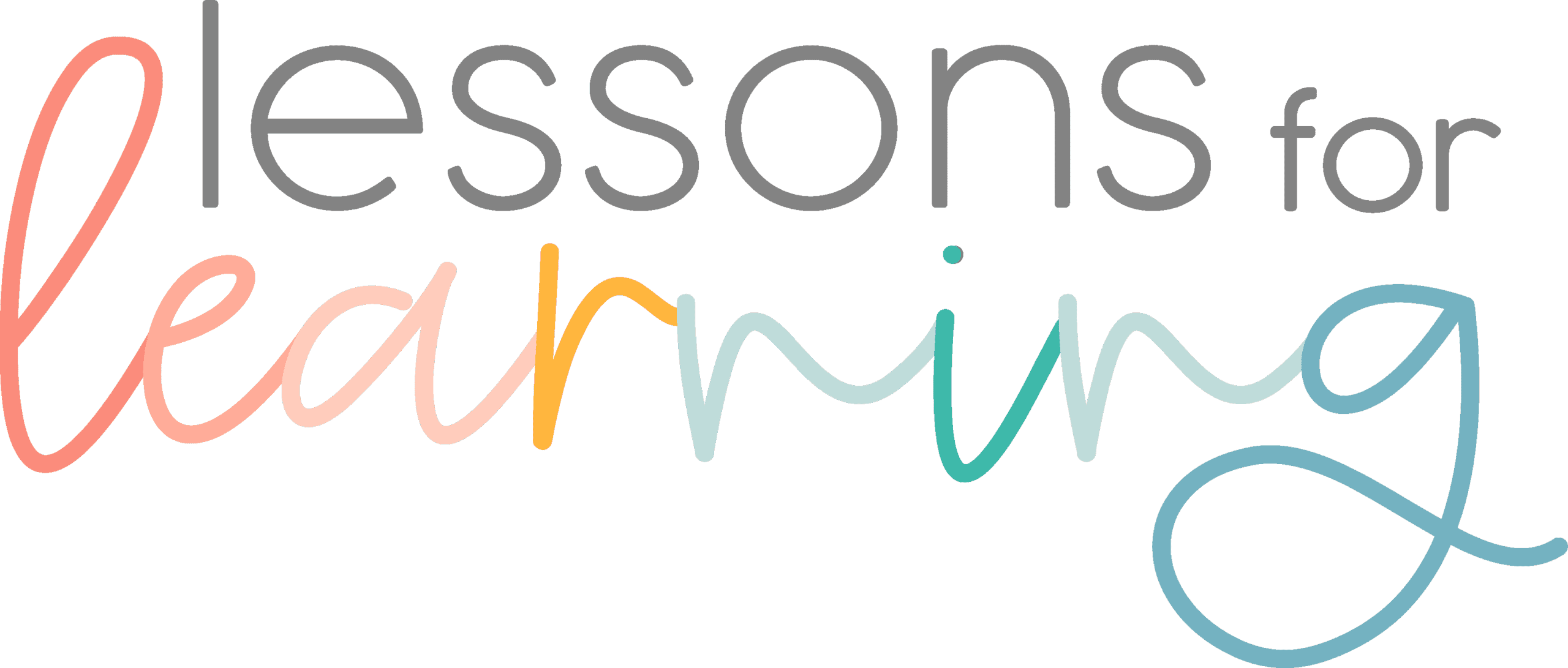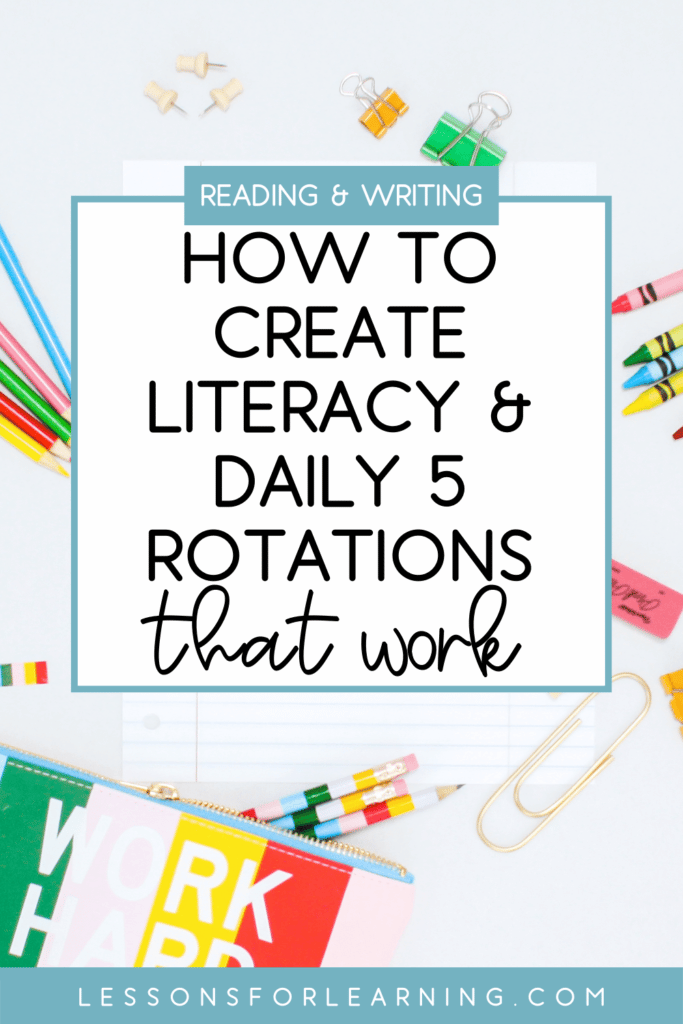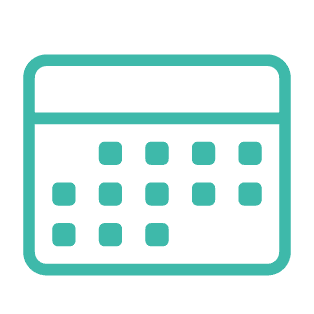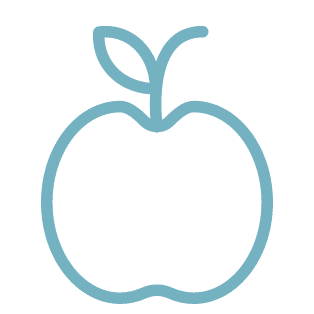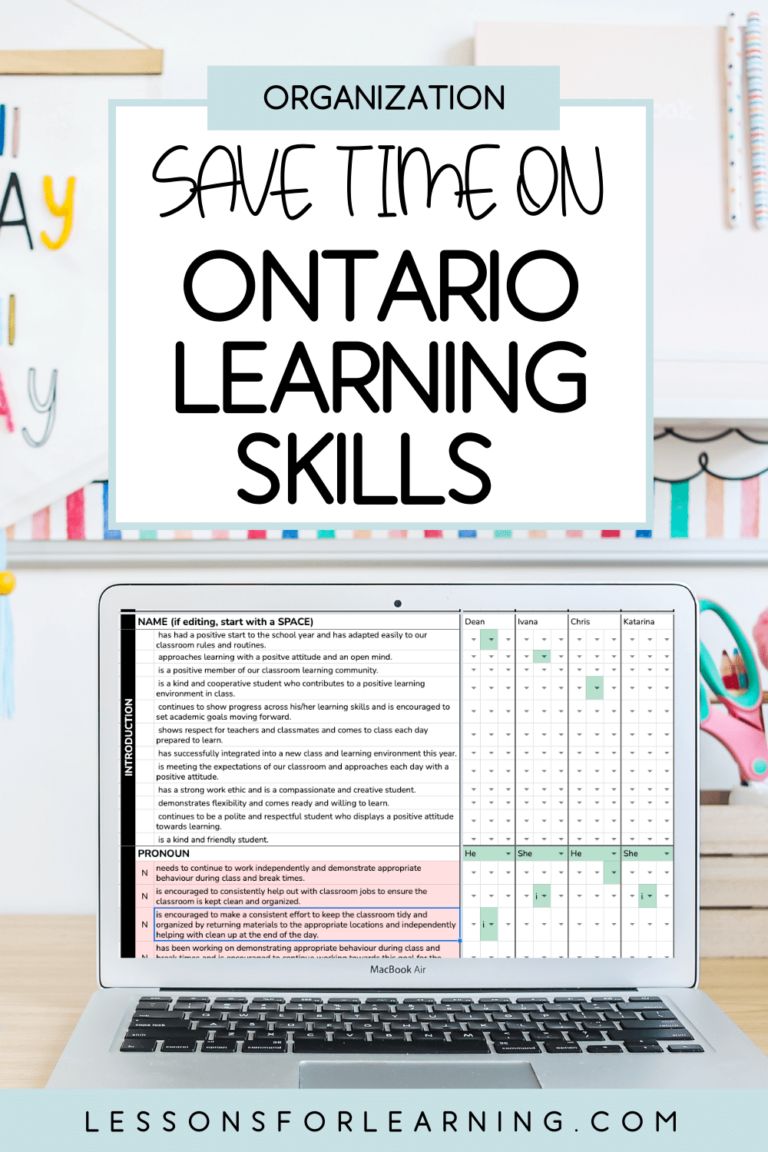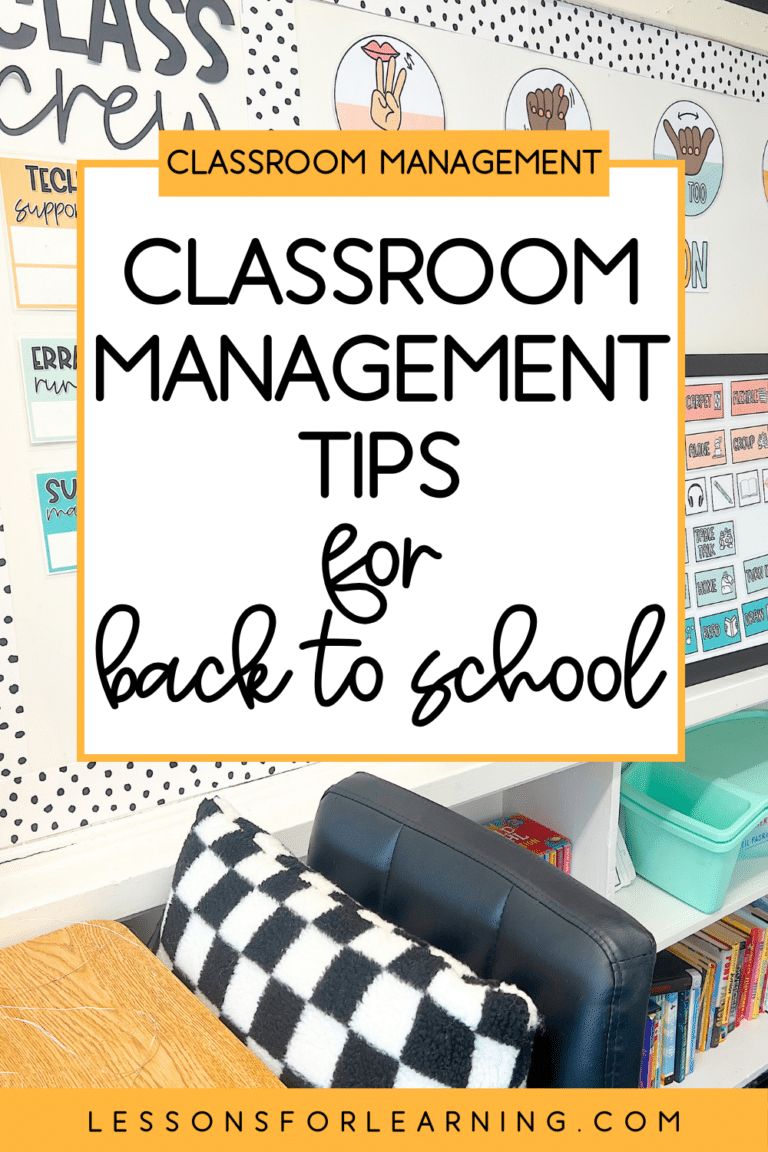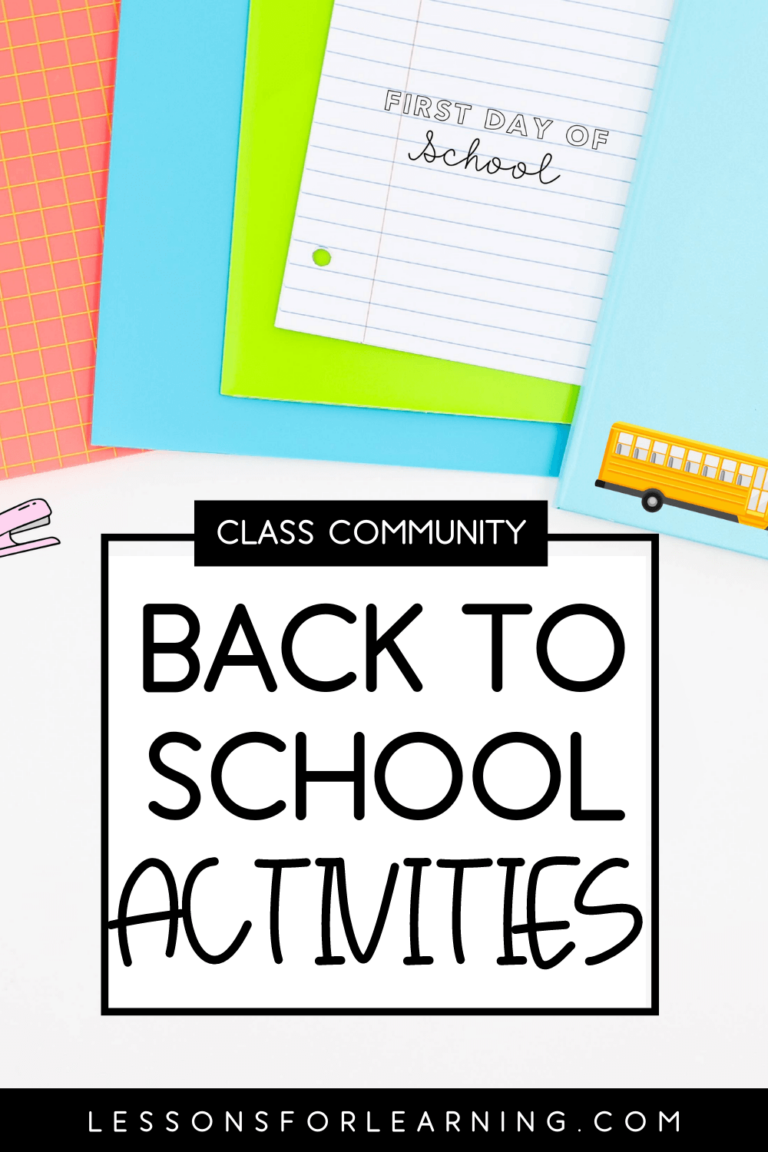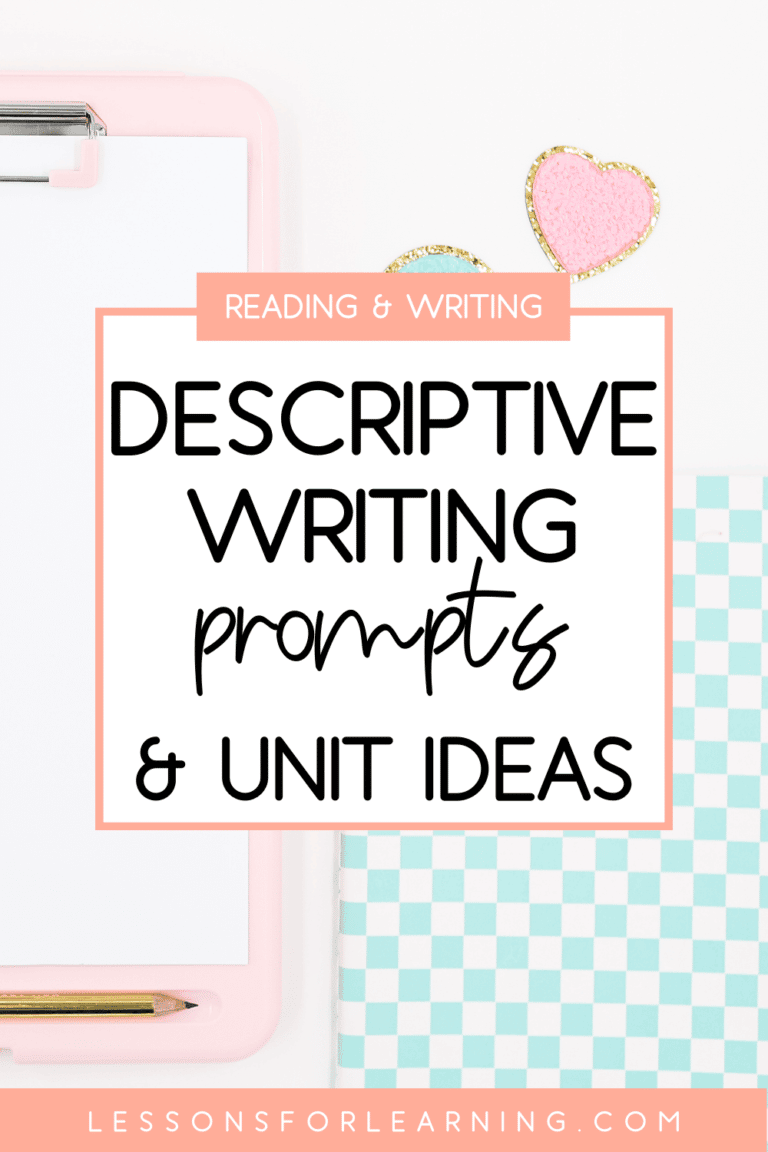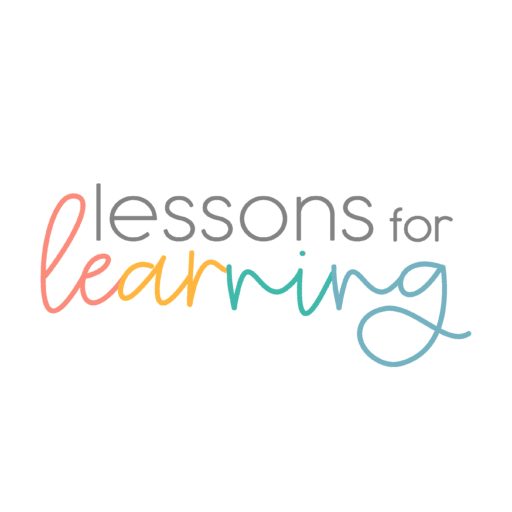One of the most overwhelming parts of being a new teacher (or any teacher) is figuring out how to run literacy rotations that are both purposeful and independent. We are often met with classes that have varying needs, which makes literacy REALLY important but also difficult to plan. Let’s get into how to make this all work seamlessly!
1. Diagnostic Data/Creating Groups
Start by figuring out where your students are after the summer. Do NOT assume they are at the same level that they were tested in the Spring, because unfortunately, we do see some cases of students who regress during the break. Use whatever system your school or board has for your grade level whether it be DRA, PM Benchmark, Reading Recovery, etc.
Once you have that data, you can begin to group your students and see what their needs are. In an ideal world, we would have 4-5 groups but in my class of 17 last year, that looked more like 6 groups because of their varying needs.
The most important part of groups is not the number of groups in total, but the idea that the students in each group are within range of each other (e.g., you may have a group that has students from levels K-M) and you MAY adjust that as needed!! The closer they are in range, the better. This post goes over organizing your guided reading groups in more detail. You also grab a guided reading organization freebie here.
2. Decide on the Rotation Format
Daily 5 includes: Working on Writing, Read to Self, Read to Someone, Listen to Reading, Word Work, & Guided. Daily 3 includes: Read to Self, Work on Writing, and Word Work. Typically, Daily 5 transitions to Daily 3 as students reach upper elementary grades, but this is a personal choice! In my Grade 3 class last year, we did Daily 3 because I felt that we used our Literacy Block better this way. Here are some FABULOUS posts that explain both in detail:
Daily 3
3. Organize Your Guided Reading Resources
Now that you’ve decided on the format, you need to decide what exactly you expect the students to be doing during those times. Here are some ideas below:
Read to Self:
- Levelled text selected by teacher or student
- A text chosen by student at the “Just Right” level, or a lower level for enjoyment (I allow this every once in a while to keep them interested & motivated to read)
- Raz Kids or any other online reading platforms
- A non-fiction reading that has a cross-curricular connection
Work on Writing:
- Journal Writing based on prompts provided by the teacher (there are several ways to do this; you can have one on the board, or handout a monthly worksheet with ideas and prompts they need to get through)
- Digital Writing Prompts: see my resource that I SWEAR by for engagement here
Response to Reading:
- Have students WRITE about their reading which is fantastic for comprehension. I use these fiction/non-fiction response pages.
Word Work:
There are TONS of ways to have students do word work. I find this to be the most independent station because differentiation is a breeze. Last year, I had 6 tubs for each group and differentiated the worksheet options they had based on their reading levels. For example, my lowest group was working on Kindergarten/Grade 1 concepts (CVC words, Rhyming Worksheets, etc,.) while my highest group was working on Grade 4-5 concepts.
Other Ideas: – Print off pretend “laptops with keyboards” on astrobright paper, laminate, and give the students that, a dry-erase marker, and their Word List. First, they write the word on the “screen” and then pretend to type it out. My Grade 3’s loved this last year. – iPhone Text Screens: Print off this resource and have students create conversations using as many of the words of the week as possible.
Read to Someone:
- Pair students up and have them read through a “Just Right” text together
- Set up an iPad out in the hall or somewhere else in your room that isn’t distracting and have students read a text to the iPad (GREAT documentation for reading fluency and oral communication). You can even have students record each other 🙂
Listen to Reading:
- If students are reading to a partner, this can go hand-in-hand with that or you can be more creative!
- PODCASTS! I LOVE using podcasts in the classroom. No iPads? No worries. You can access thousands of podcasts on Chromebooks through the podcast websites! I have my students fill out a response sheet as well if they are listening to a short podcast
- Podcasts that Work in the Classroom: – Brains On! – 6 Minutes – Wow in the World – But Why? – Stories (would use this for lower students – my grade level students were hit or miss with these)
4. Teach Expectations & Get Started!
Teaching expectations for literacy rotations can take a little while. I don’t recommend you start until you’ve had at least 3-4 weeks with your students to make your classroom work expectations clear.
First of all, have a symbol, sign, hat, light, etc., to put at your guided table to ensure students know they CANNOT DISTURB YOU!
Next, make sure your students know EXACTLY what is being done at each rotation for the day, week, or month. I prime them for this by spending 5-10 minutes of each day leading up to the start of rotations explaining the Word Work handouts, Writing Tasks (e.g., how to use the digital prompts, writing calendar, etc)., and reading expectations.
Now, you’re ready to start but you need to figure out how your students are going to know what to be doing and when. This is where I come in!
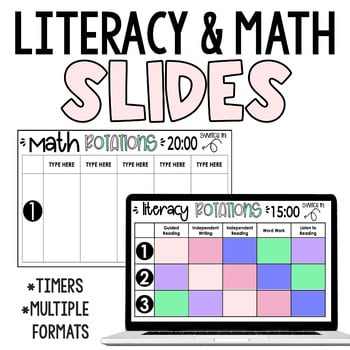
These rotation schedules CHANGED. MY. LIFE. We were having such a hard time with rotations, and keeping up with a timer before I made these. Now, my students know exactly what they are supposed to be doing and how much time they have to do it. Take a look at the link below and watch the preview video to see what I’m talking about. I have included multiple formats to suit ANY rotation schedule you choose (e.g., daily 3, daily 5, and even completely editable templates) and 10, 15, and 20 minutes timers to go along with them! This product includes the same templates created for math rotations as well (completely editable aside from the title).
If that’s not for you, there are many other ways to display a rotation schedule whether you use a display on your chalkboard/whiteboard (printed off/laminated) or if you create your own digital schedule – it’s up to you.
Regardless of what you choose, I hope this post helped you wrap your head around Literacy Rotations and eased the stress of getting them started!!
